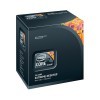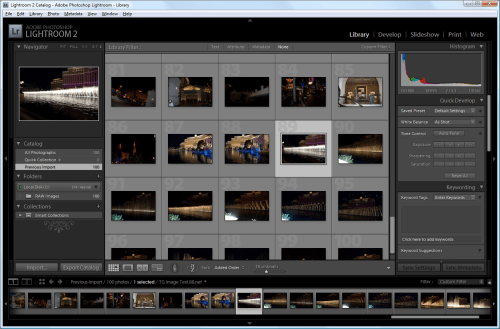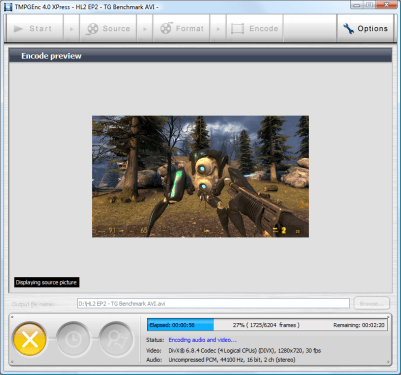- Qualcomm Launches Snapdragon 4 Gen 2 Mobile Platform
- AMD Launches Ryzen PRO 7000 Series Mobile & Desktop Platform
- Intel Launches Sleek Single-Slot Arc Pro A60 Workstation Graphics Card
- NVIDIA Announces Latest Ada Lovelace Additions: GeForce RTX 4060 Ti & RTX 4060
- Maxon Redshift With AMD Radeon GPU Rendering Support Now Available
Intel’s Core i7-980X Extreme Edition – Ready for Sick Scores?

It’s official. We’re now entering the six-core realm, thanks to Intel’s Gulftown. The first model, Core i7-980X, is more than capable of delivering the sick scores that our title suggests, and along with it, we can begin to see some major benefits of the 32nm process. To sweeten the deal further, Intel even includes an effective new CPU cooler.
Page 6 – Multi-Media: Adobe Lightroom, TMPGEnc Xpress
Photo manipulation benchmarks are more relevant than ever, given the proliferation of high-end digital photography hardware. For this benchmark, we test the system’s handling of RAW photo data using Adobe Lightroom, an excellent RAW photo editor and organizer that’s easy to use and looks fantastic.
For our testing, we take 100 RAW files (in Nikon’s .NEF file format) which have a 10-megapixel resolution, and export them as JPEG files in 1000×669 resolution, similar to most of the photos we use here on the website. Such a result could also be easily distributed online or saved as a low-resolution backup. This test involves not only scaling of the image itself, but encoding in a different image format. The test is timed indirectly using a stopwatch, and times are accurate to within +/- 0.25 seconds.

And here we have a great example of an application that is multi-threaded, but not to the extent that we’re going to see major gains on a six-core or higher processor. For our tests, we’re using Lightroom 2, but 3 is right around the corner, so we can hope to see further improvements made there.
TMPGEnc Xpress 4.5
When it comes to video transcoding, one of the best offerings on the market is TMPGEnc Xpress. Although a bit pricey, the software offers an incredible amount of flexibility and customization, not to mention superb format support. From the get go, you can output to DivX, DVD, Video-CD, Super Video-CD, HDV, QuickTime, MPEG, and more. It even goes as far as to include support for Blu-ray video!
There are a few reasons why we choose to use TMPGEnc for our tests. The first relates to the reasons laid out above. The sheer ease of use and flexibility is appreciated. Beyond that, the application does us a huge favor by tracking the encoding time, so that we can actually look away while an encode is taking place and not be afraid that we’ll miss the final encoding time. Believe it or not, not all transcoding applications work like this.
For our test, we take a 0.99GB high-quality DivX H.264 AVI video of Half-Life 2: Episode Two gameplay with stereo audio and transcode it to the same resolution of 720p (1280×720), but lower the bit rate in order to attain a modest file size. This test also utilizes the SSE instruction sets, either SSE2 or SSE4, depending on what the chip supports.

I have to admit that I’m quite impressed here, because the six-core is actually put to good work. We didn’t quite reach the 35% faster mark that Intel stated in the press deck, but did come rather close, at 31%. Depending on the video encoder used, I’m confident 35% could be hit. For our future video encoding tests, we’ll be dropping DivX in lieu of today’s more popular HD formats.
Support our efforts! With ad revenue at an all-time low for written websites, we're relying more than ever on reader support to help us continue putting so much effort into this type of content. You can support us by becoming a Patron, or by using our Amazon shopping affiliate links listed through our articles. Thanks for your support!







